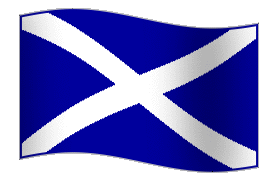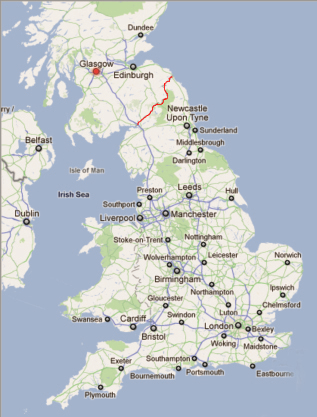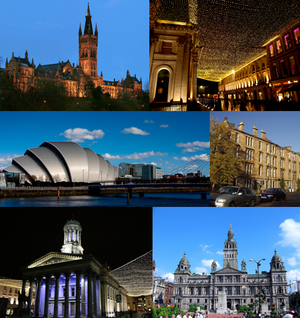Introduction

There are several varieties of English in Scotland. The English of the Highlands and Islands of Scotland is similar to the English of the Republic of Ireland as these areas were settled by Irish Celts. However, the kind of English we will be looking at here is Lowland Scottish English. Southern Scotland was under Anglo-Saxon control by the 7th century and by the end of the 11th century the Normans had spread their power to Scotland after defeating the English in 1066. The crowns of England and Scotland were united under James 6th of Scotland/James 1st of England. In 1707 the Act of Union was passed creating the United Kingdom. All of this made the linguistic links between England and Scotland stronger.
It is probably the most distinct of all accents in English. It is similar to some kinds of Northern English, such as Geordie. Some Scots, as Scottish people are known, think that it is a language in its own right. Indeed, literary works were written in Scots, which is also the name of the language. Scots are proud of their history and culture and a growing number of the inhabitants of Scotland are in favour of independence from Britain. As you can see from the examples, the vocabulary is often completely different from English, greet for cry, bairn for child, ken for know, wee for small, etc.
The speaker in the recording is from the city of Glasgow in the Lowlands of Scotland. It's location can be seen in the map below.
(http://upload.wikimedia.org/wikipedia/commons/9/92/Animated-Flag-Scotland-1.gif)

